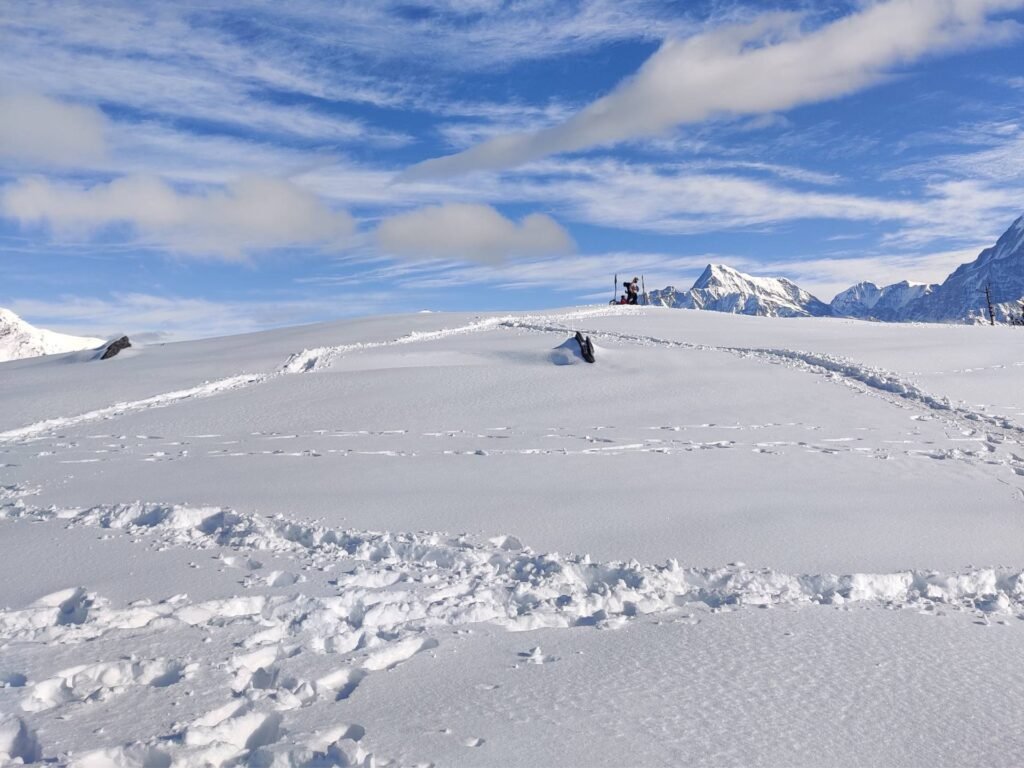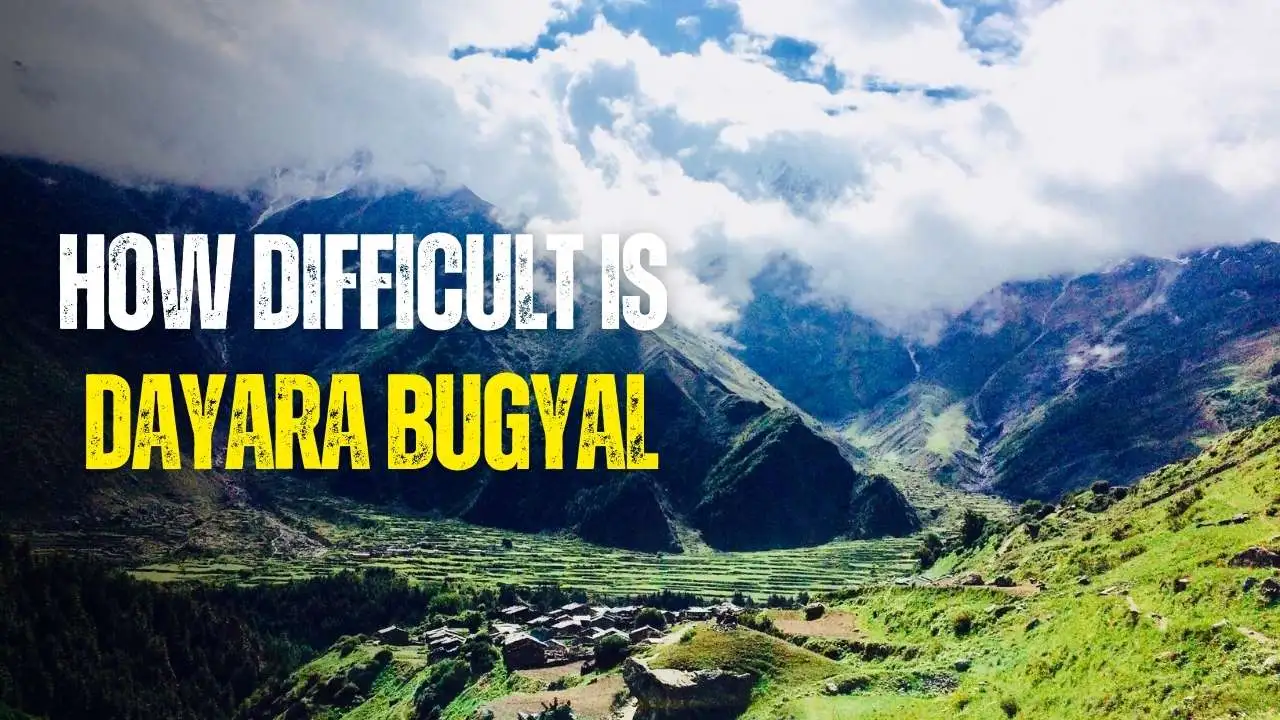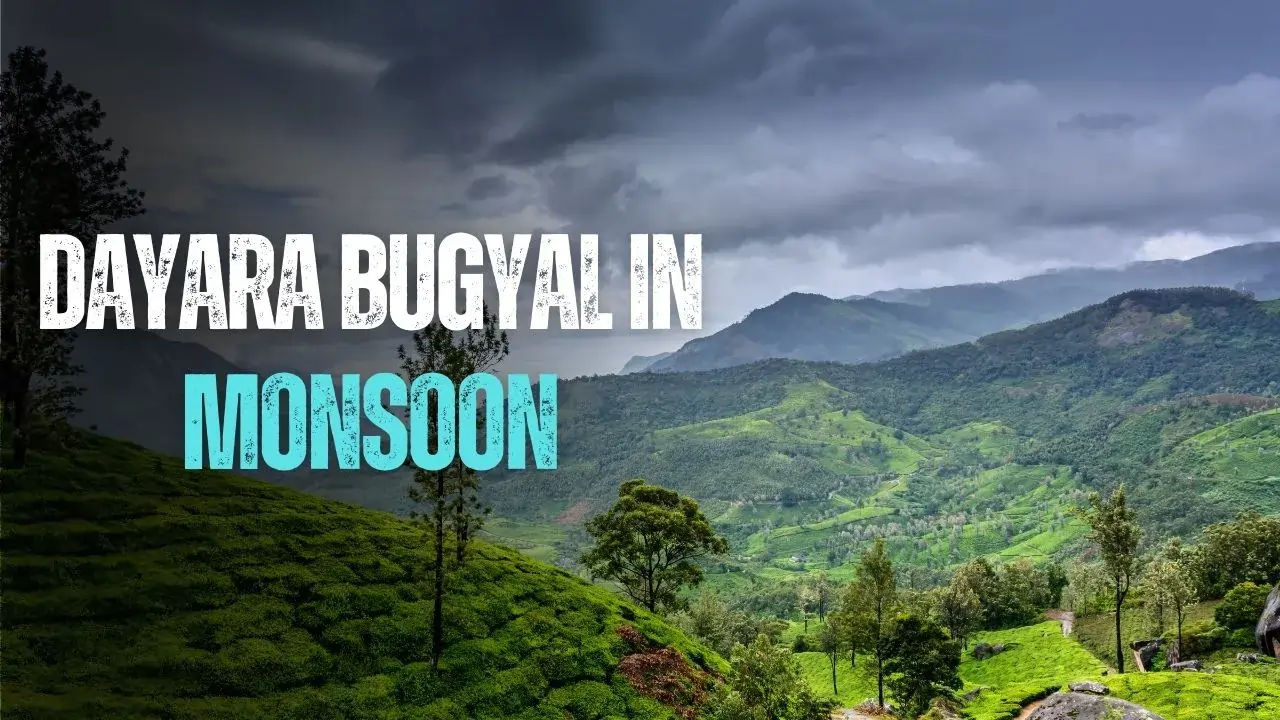Today, we are going to discuss why we are having late snowfall this year [2024]. Last year, we also saw snowfall after Christmas; this year, now it is mid-January. Still, we do not have proper snowfall.
From Ladakh to Uttarakhand and even Himachal, we have not seen good snowfall anywhere till now (mid-Jan or more, as we are writing).
So, let’s discuss the reasons for the late Snowfall in India in winter. You can also listen to the audio version of this article from SoundCloud.
Reasons for Snowfall in India [Himalayan Region]
Before knowing the reasons for late snowfall in the Himalayas this year, you must know why snowfall happens in the Himalayas.
In the Western Himalayas, snowfall mainly happens due to the Western disturbance phenomena. In winter, the Mediterranean, Black, and Caspian Sea areas form high pressure, whereas in India at that time, we have low air pressure.

Because of that, the air from high-pressure areas starts to flow toward low-pressure areas, meaning toward India. So, crossing Iraq, Syria, and Pakistan, the high-pressure wind finally reaches India, where the Himalayas region acts as the barrier of the wind, and due to that, we have rainfall and snowfall here in the Himalayan region.
Due to this phenomenon, we mainly see snowfall in Jammu Kashmir, Himachal, Uttarakhand, and sometimes in Nepal and North East India.
Reasons for Late Snowfall this Year in India 2024
1) Western Disturbance: We have already discussed the importance of the western disturbance in India for snowfall in the Himalayan region. In 2024, we have not seen any strong western disturbance this year, which is the primary reason for late snowfall.
According to reputable sources, the western disturbance mainly occurs during winter; however, it can occur during the pre-monsoon season as well. We mainly have 4 to 6 major western disturbances from December to March. There is almost one major western disturbance every month, but this year, we still have no intense western disturbance, that’s why we have not seen good snowfall till now.
2) Climate Change: We all know that global warming is affecting the climate; we are seeing many uncommon things like heat waves in Europe, the declining Polar bear population, forest fires, late seasonal changes worldwide, and much more.
This climate change is also impacting the Western Disturbance, which is why we are seeing late occurrences of that phenomenon, and also late snowfall in the Himalayas.
As responsible human beings, we should care about Climate change for future generations. We know we can do it by taking some small steps in our lives.
Like in Himalayan Dream Treks, we strongly emphasize waste management during our treks to keep our nature mother clean.
How Late Snowfall Impacts Everything?

1) Tourism Industry: In India, we mainly have snowfall in the Himalayas region, and to experience this snowfall and its beauty, people from all over India and even from other countries visit Uttarakhand, Kashmir, Himachal, and other Himalayan regions in Winter.
Thus, late snowfall is causing a loss to the tourism industry. December and January are the best time in India for tourism sectors; most people travel during these two months. Late snowfall is affecting the sector by a big margin.
The snow treks, sports, and adventure are seeing sharp declines; dates are getting postponed, and more.
2) Rabi Crops Growth: Winter is the growing time for Rabi Corps [Barley, Peas, Wheat, Oilseeds, Gram]. The precipitation of the western disturbance helps Rabi crops grow. Without the rain at the time of sowing, the quantities also decrease.
Then, if the disturbance occurs during its harvesting period, we also see a heavy loss. So, the late Western disturbance affects Rabi Crops as well.
3) Impact on Glaciers: The snowfall occurs due to western disturbance, which is the primary source of snow for the Himalayan glaciers. This snowfall replenishes the Himalayan glaciers, so not having strong western disturbances can affect the Himalayan glaciers.
4) Effect on Upcoming Seasons: If the western disturbance does not occur strongly during the winter, then the chances of its occurring during pre-monsoon and monsoon times are really high. Thus, we can see heavy rainfall at that time, which can cause floods, further impacting people’s lives in various ways.
Because of that thing, in 2013, we saw the Himalayan or Kedarnath Tsunami. We also see the impact on Rabi Corps if it rains during harvesting in March-April.
Due to rainfall at that time, we also see the wastage of meadows, mushrooms, local flora and fauna, and others.
Conclusion
Lastly, the western disturbance at first strike on Kashmir, thus we see more and first snowfall there. But this year, we are also seeing late snowfall in Kashmir. Thus, the late snow can affect businesses, farming, and other sectors. We finally can hope to see major western disturbances and snowfall in the coming weeks.
















Leave a Comment